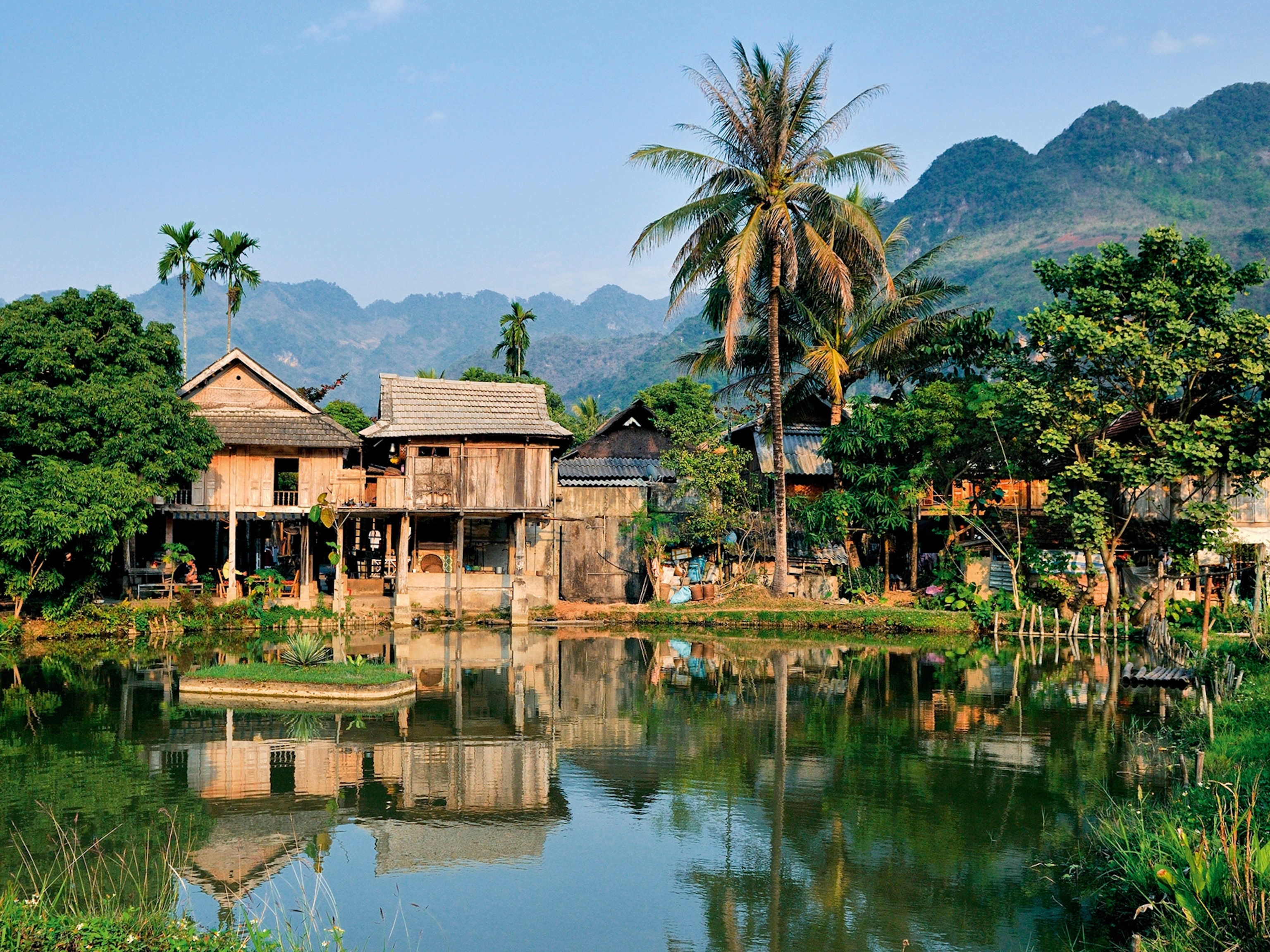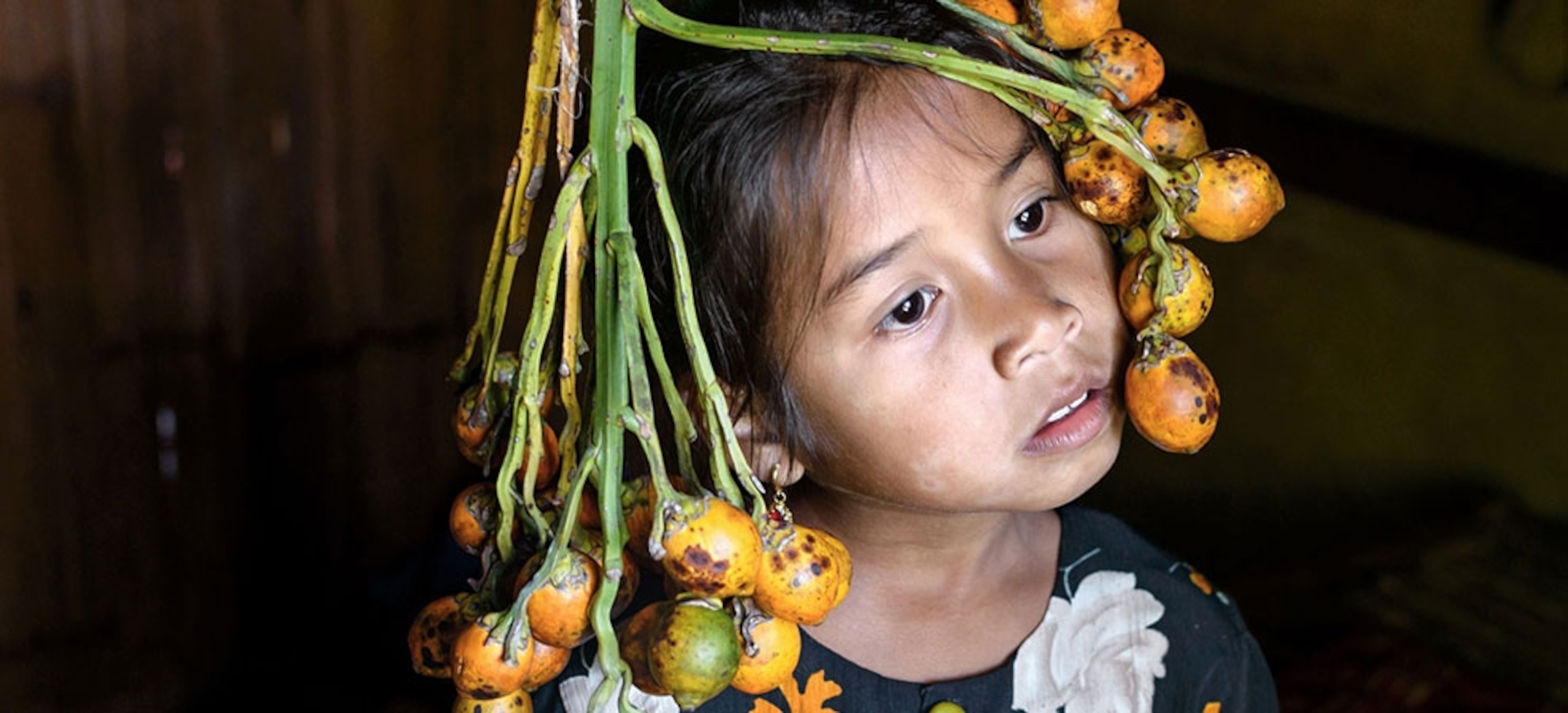
Photographing in the Kingdom of Girls
In the lush jungles of northeastern India, hard against the Bangladesh border, is a tiny village with an unconventional social order. Mawlynnong is where about 500 members of the indigenous Khasi tribe still follow ancient matrilineal traditions. Where succession, money, property, and power pass from mother to daughter. Where girls—literally—rule their roosts.
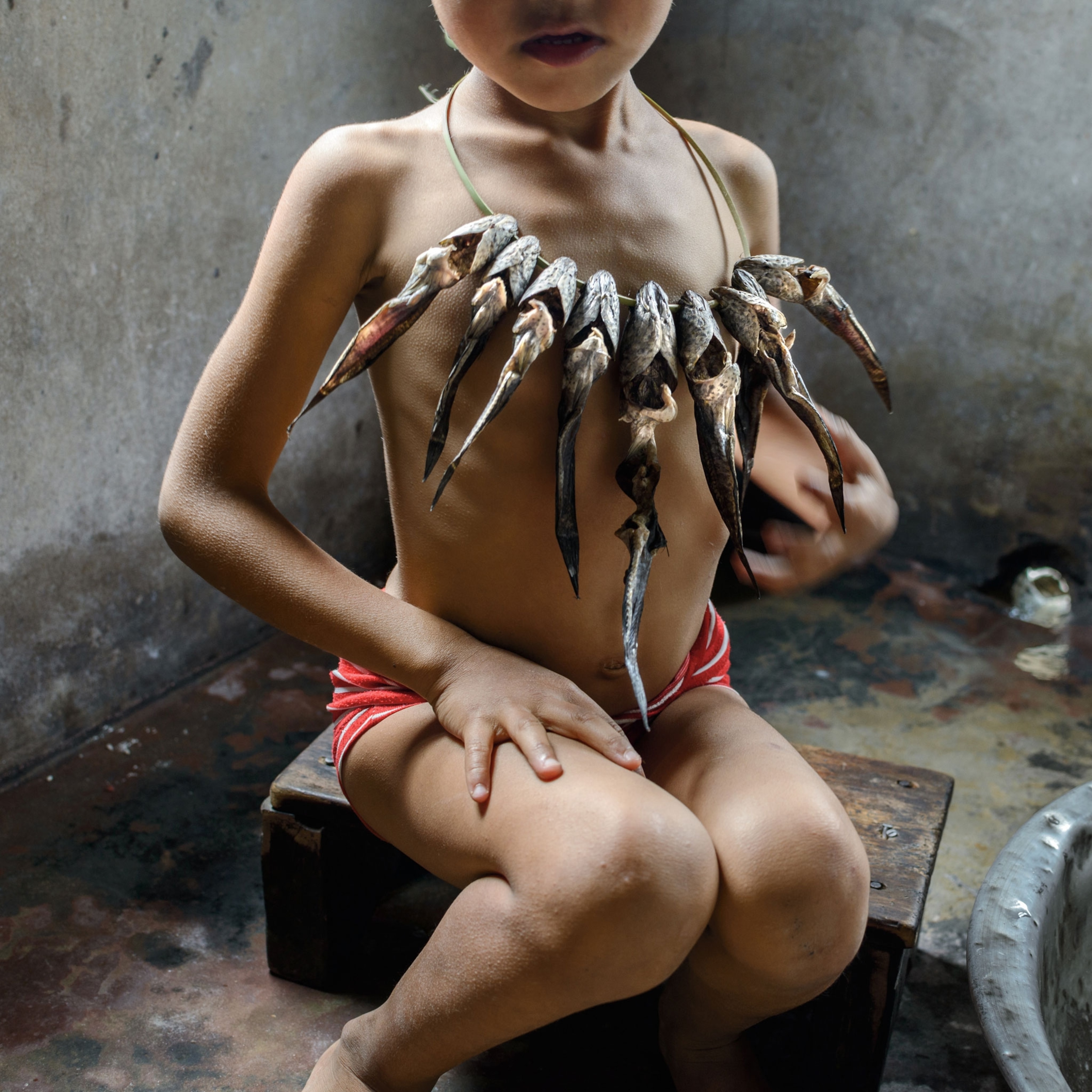
Karolin Klüppel wanted to see this inverted world for herself. So for nine months spanning two years, the Berlin-based photographer lived with different Khasi families in the “unbelievably clean, calm, and peaceful” village. What she found was a culture in which youngest daughters (called khadduh) inherit wealth and property, husbands move into their wives’ homes, and children take their mother’s surname.

Girls go to school in the village until they’re teens, though some move to the state capital at 11 or 12 for further education. After that they attend college or
return to Mawlynnong, where they care for their parents. They may marry whomever they choose; there is no stigma attached to divorce or opting to stay single.
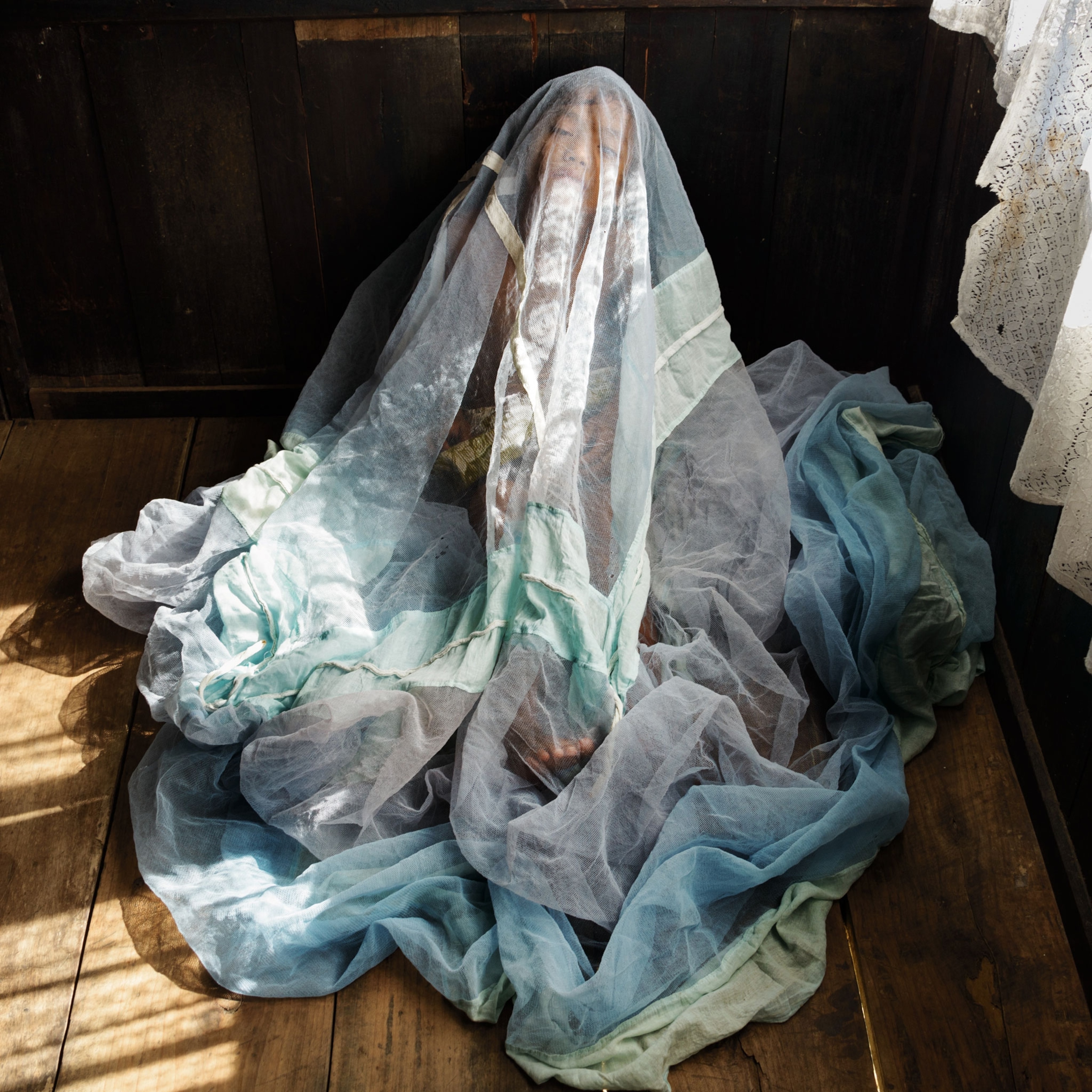
But not having daughters can cause despair. Only girls can ensure continuity, so families without them are called ïap-duh, or “extinct,” says North-Eastern Hill University anthropologist Valentina Pakyntein.
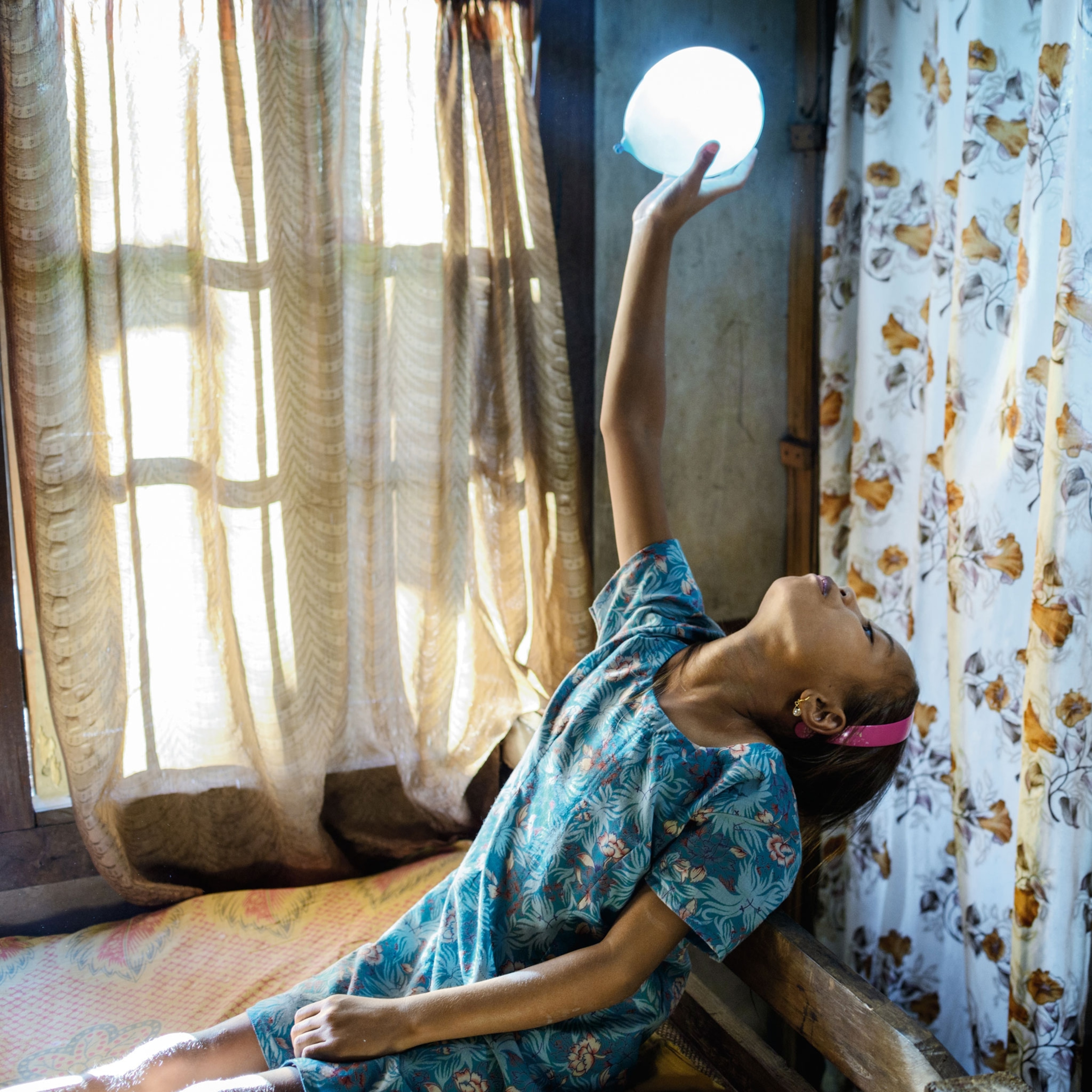
Such customs, she adds, have existed “for time immemorial.” They may go back to when Khasis had multiple partners, which made it hard to determine paternity. Or to when male ancestors, off fighting wars, couldn’t care for their clans or families.
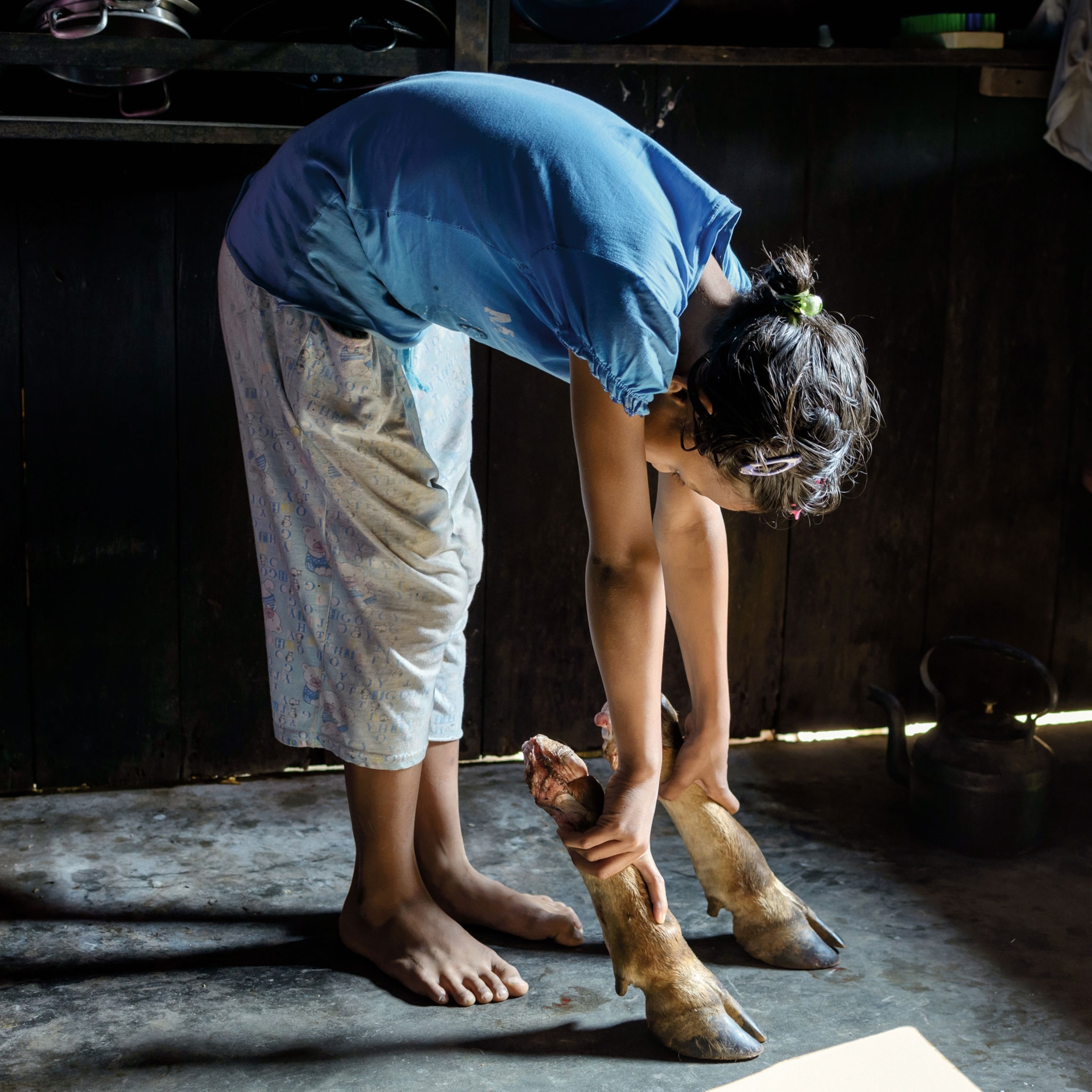
Today men lead Mawlynnong’s village council, but they rarely own property. Klüppel says some, upset by their second-class status, are calling for gender equality. But mostly she was struck by “the respect that Khasi men have for women,” which is at the heart of this photo series. “I want everyone to know about cultures that are different from the patriarchal world we live in—and I want people to question that system.”
View more of Karolin Klüppel’s work from this project, called “Mädchenland,” on her website.

